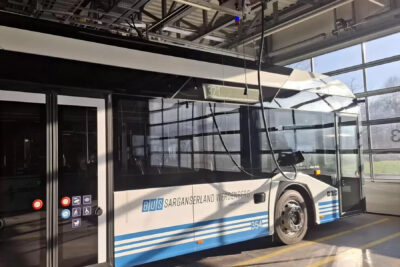China wants to restrict EVs with excessive acceleration
This is set out in the draft regulation titled “Technical Conditions for the Operational Safety of Motor Vehicles”. According to the document, passenger cars “must default to a setting where acceleration from 0 to 100 km/h takes no less than 5 seconds.” The measure aims to reduce safety risks associated with excessive acceleration performance.
However, the term “default” is likely to refer only to the default drive mode configured at vehicle startup; it does not impose a universal minimum acceleration time of five seconds. That could mean that selecting a dedicated sport mode with higher output and quicker acceleration will remain possible. For example, the Nio ET5 achieves 0–100 kph in 4.0 seconds in its most powerful mode. In Comfort mode the figure is 7.9 seconds, and software or drive-mode settings can reduce performance further, so acceleration takes more than ten seconds.
In the combustion-engine world, only very expensive and thus rare vehicles reached such high levels of acceleration, so the associated safety risks were limited. With electric vehicles, far more affordable and widespread models have entered these performance categories. In recent years, Chinese manufacturers have repeatedly undercut one another on acceleration times – what used to be exclusive to a Porsche can now also be achieved by a Xiaomi. This marketing tool, for example highlighting that an SU7 accelerates faster than a Porsche Taycan, is now likely to be restricted.
Beyond the acceleration requirement, the draft includes several targeted safety measures for battery-electric and plug-in hybrid vehicles. These vehicles must be equipped “with pedal misapplication suppression technology,” which can detect and limit power output when the vehicle is stationary or moving slowly, and provide clear acoustic and visual warnings to the driver to prevent unintended acceleration. This is how the portal CarNewsChina summarises it.
Safety should also improve in the event of accidents: if the airbags deploy, or if the vehicle speed changes by more than 25 kph in either the longitudinal or lateral direction within 150 milliseconds (which would likely only occur in a collision), vehicles “must be able to cut off power circuits in specific situations automatically” – meaning disconnect the conductive link to the high-voltage battery.
There are additional measures relating to batteries: they must have pressure-relief and pressure-compensation devices designed so that they pose no risk to occupants. Relief channels must therefore direct excess pressure to the side or downward, away from the cabin. Electric vehicles must also monitor battery status and automatically detect when an “abnormal condition” occurs in the cells. If a thermal issue is detected, the vehicle “must alert occupants through obvious audio and visual signals.”
However, the Ministry of Industry and Information Technology already announced new mandatory safety standards for EV batteries in April. These are due to take effect on 1 July 2026 and include a key requirement that batteries must no longer pose any risk of fire or explosion.
Further elements of the draft relate to driver-assistance systems, infotainment, windows and doors. In passenger cars, occupants must be able to exit the vehicle through at least two different doors. The doors themselves must have mechanical releases inside and out. In vehicles with electronic locking, doors not affected by an impact must unlock automatically if the airbag deploys or if a “thermal battery event” occurs.
The draft is currently undergoing public consultation as part of the national standards revision process, meaning changes are still possible.
This article was first published by Sebastian Schaal for electrive’s German edition.





1 Comment